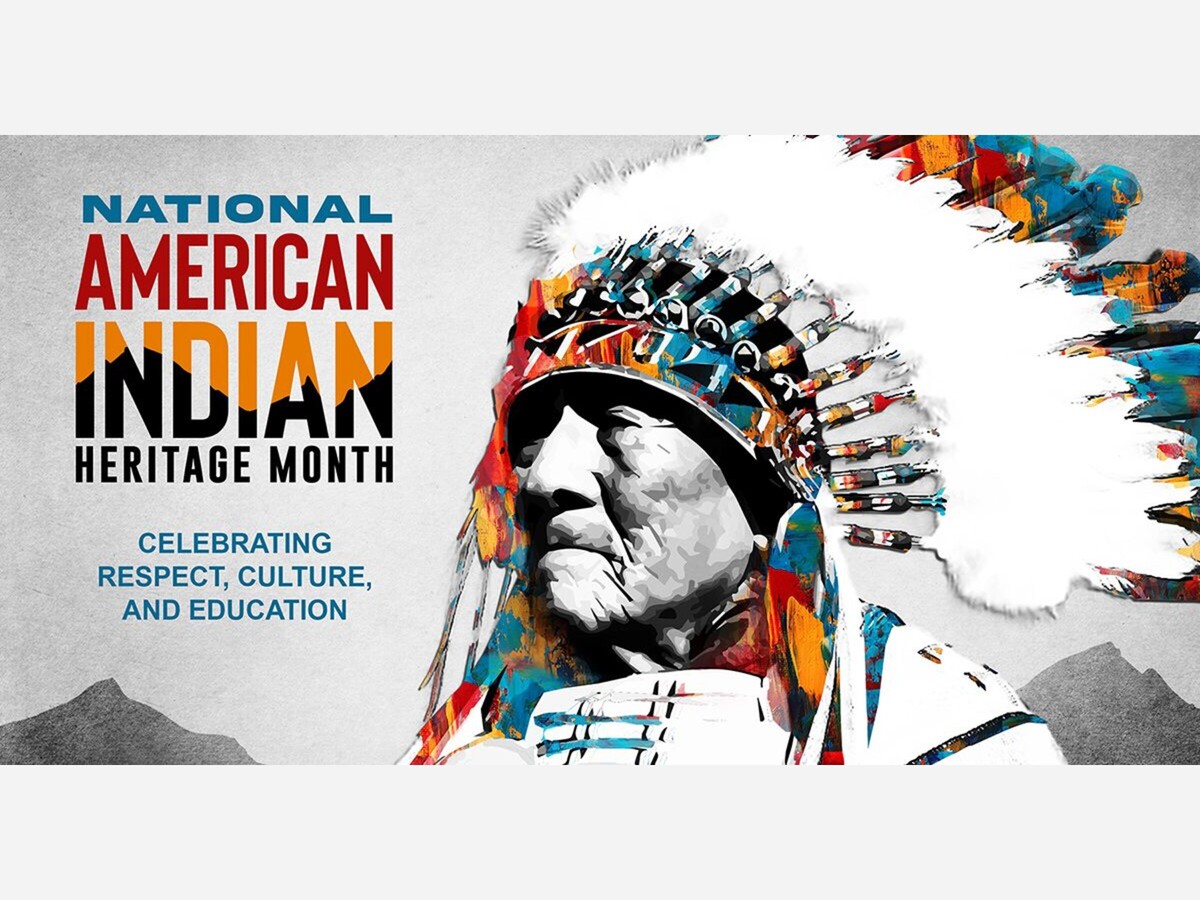|
Dr. Ashley Minner is a community-based visual artist in Baltimore and enrolled member of the Lumbee Tribe of North Carolina. In addition to maintaining her art practice, Minner works as an Assistant Curator for History and Culture at the Smithsonian National Museum of the American Indian in Washington, D.C.
One of her ongoing personal projects is called “Mapping the Reservation.” It is an effort to document the living history of the Lumbee people in Baltimore.
One part of Minner’s project is a map that reconstructs the physical history of the Lumbee community in Upper Fells.
If you’re interested, you can take her suggested walking tour up Broadway and across East Baltimore Street to learn about the Native-owned businesses and organizations that made up the thriving Lumbee community at its peak numbers.
You can still visit the Baltimore American Indian Center (BAIC) at 113 S. Broadway. The museum is open on Thursdays from 12:00–4:00 p.m. and the last Saturday of every month from 12:00–4:00 p.m. You can also learn more about local Indigenous culture at the 46th Annual BAIC Pow Wow on November 19 at the Timonium Fairgrounds.
There will be food, authentic Indigenous crafts, native dancers and drummers in regalia, and more. From November 18–25, you can catch the best in Indigenous film during the Native Cinema Showcase 2022. Hosted by the National Museum of the American Indian (NMAI) which is part of the Smithsonian Institute, this film festival features a total of 35 films (six features and 30 shorts) representing 30 Native nations in eight different countries. This program is also 100% virtual and completely free. |
